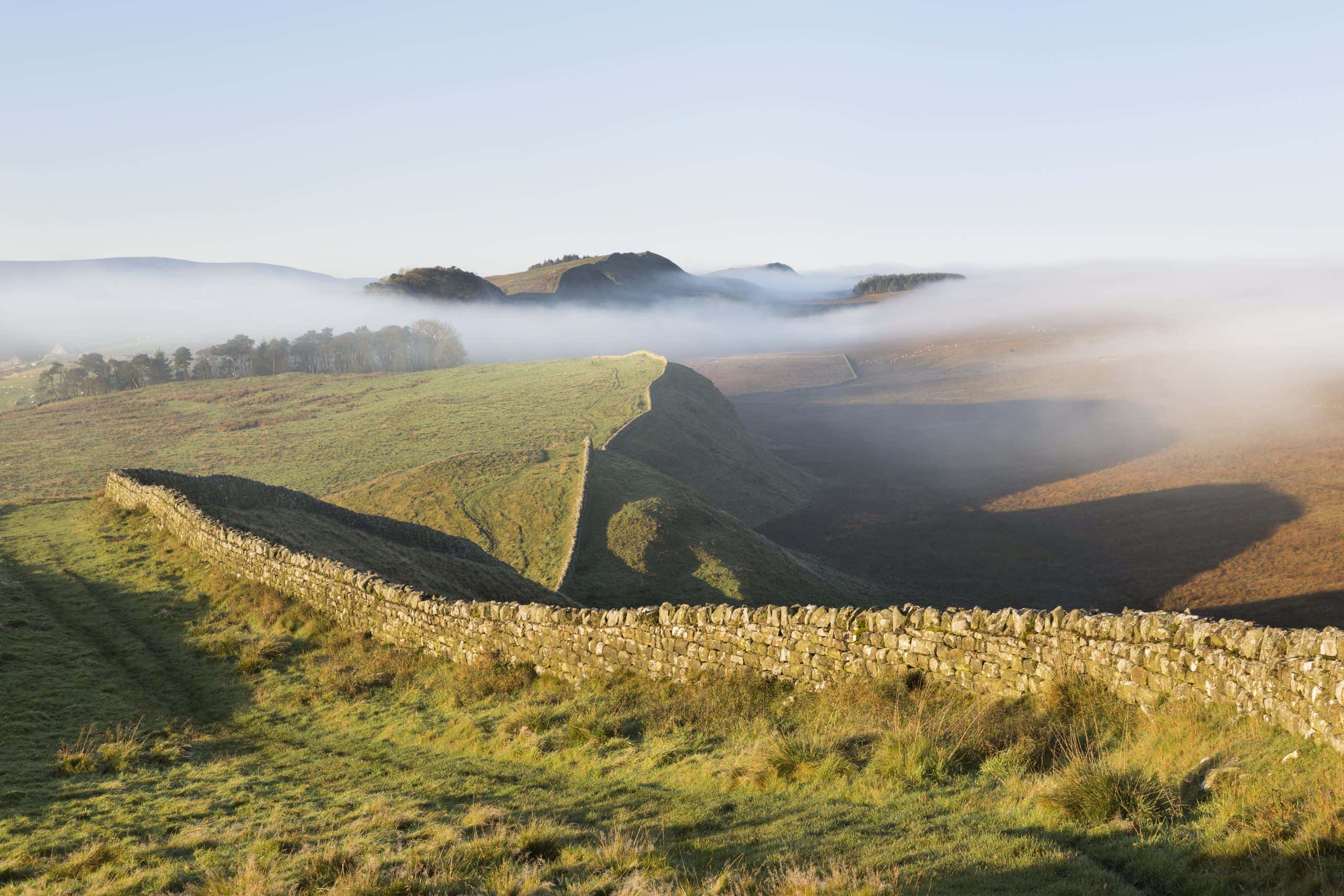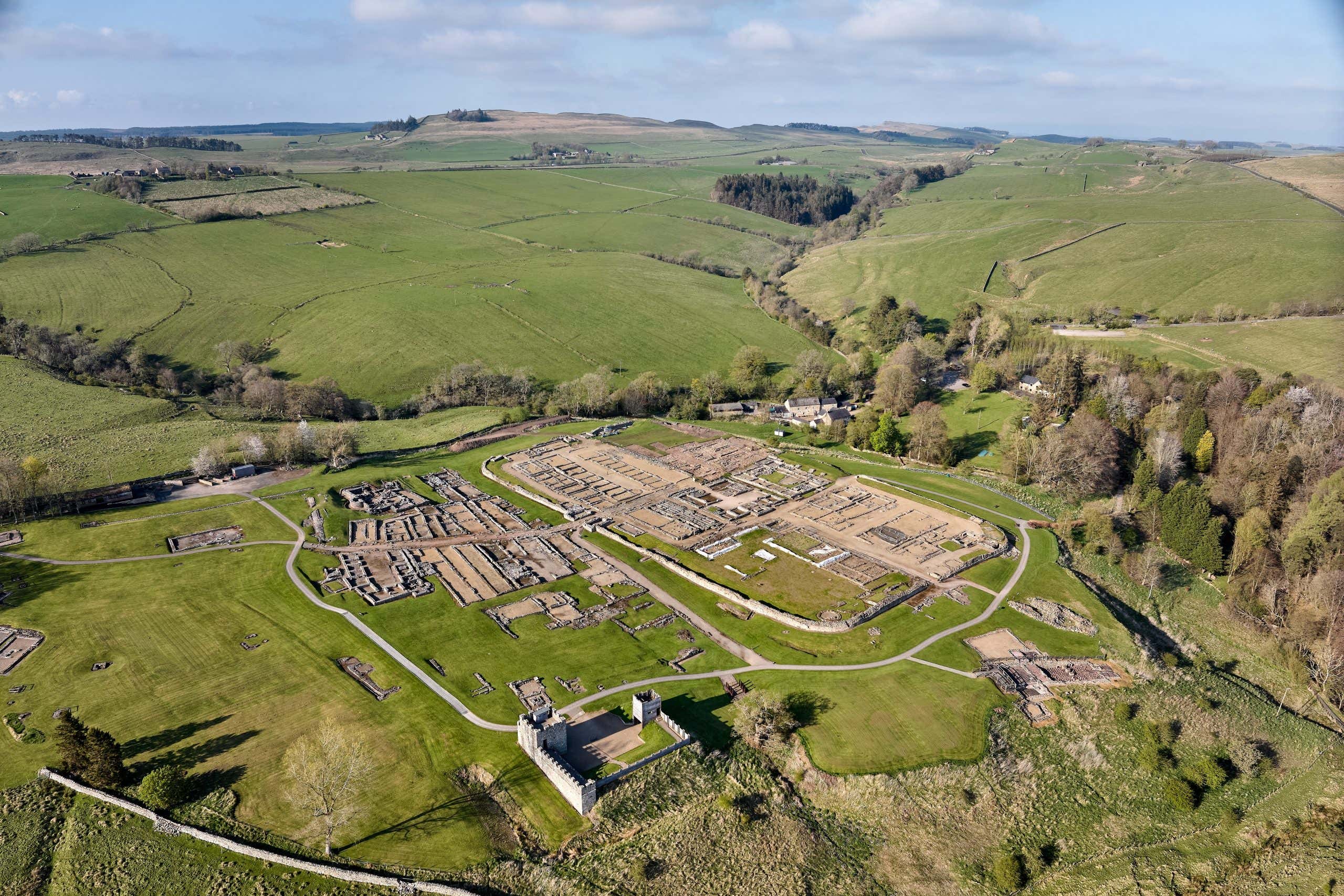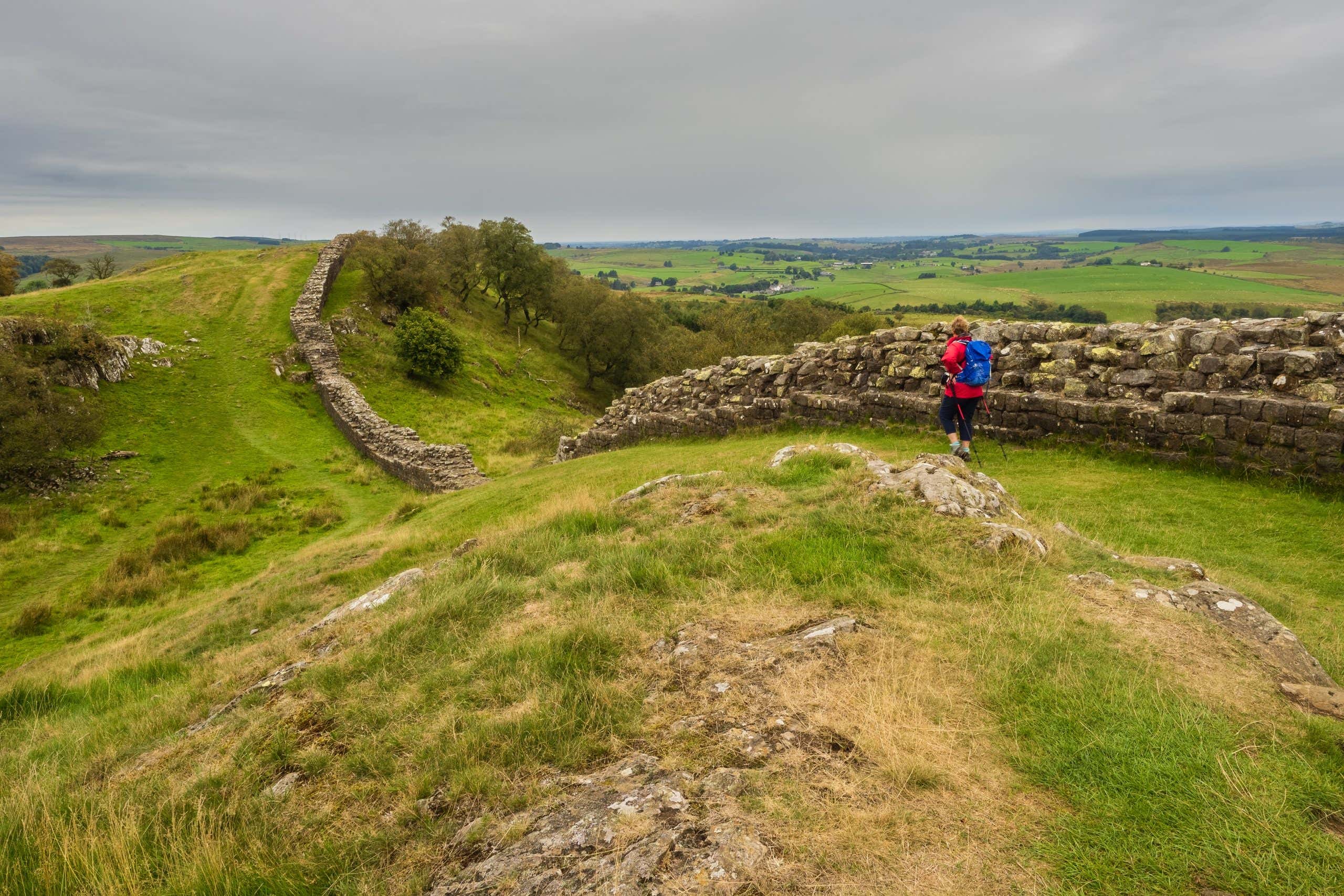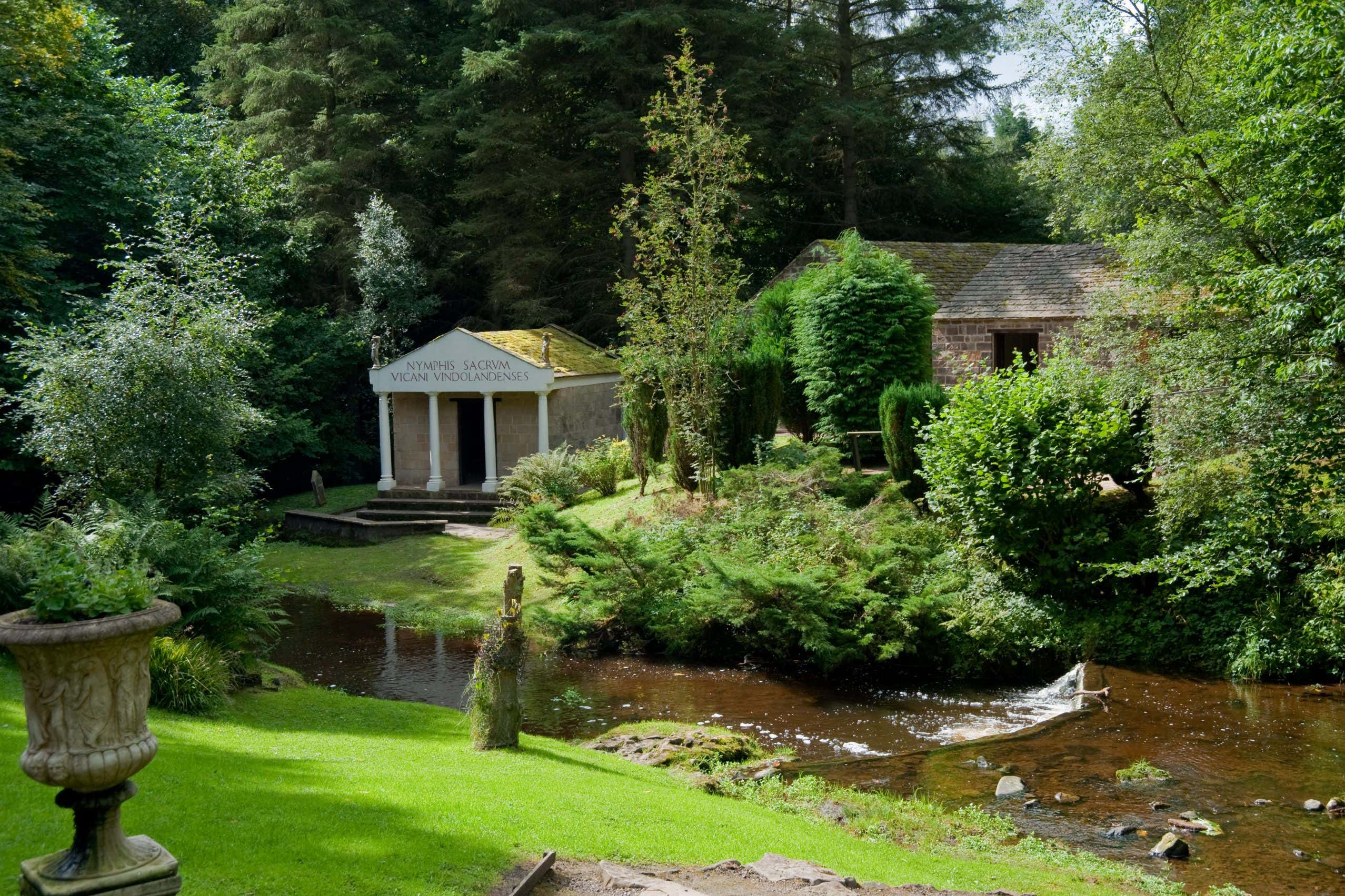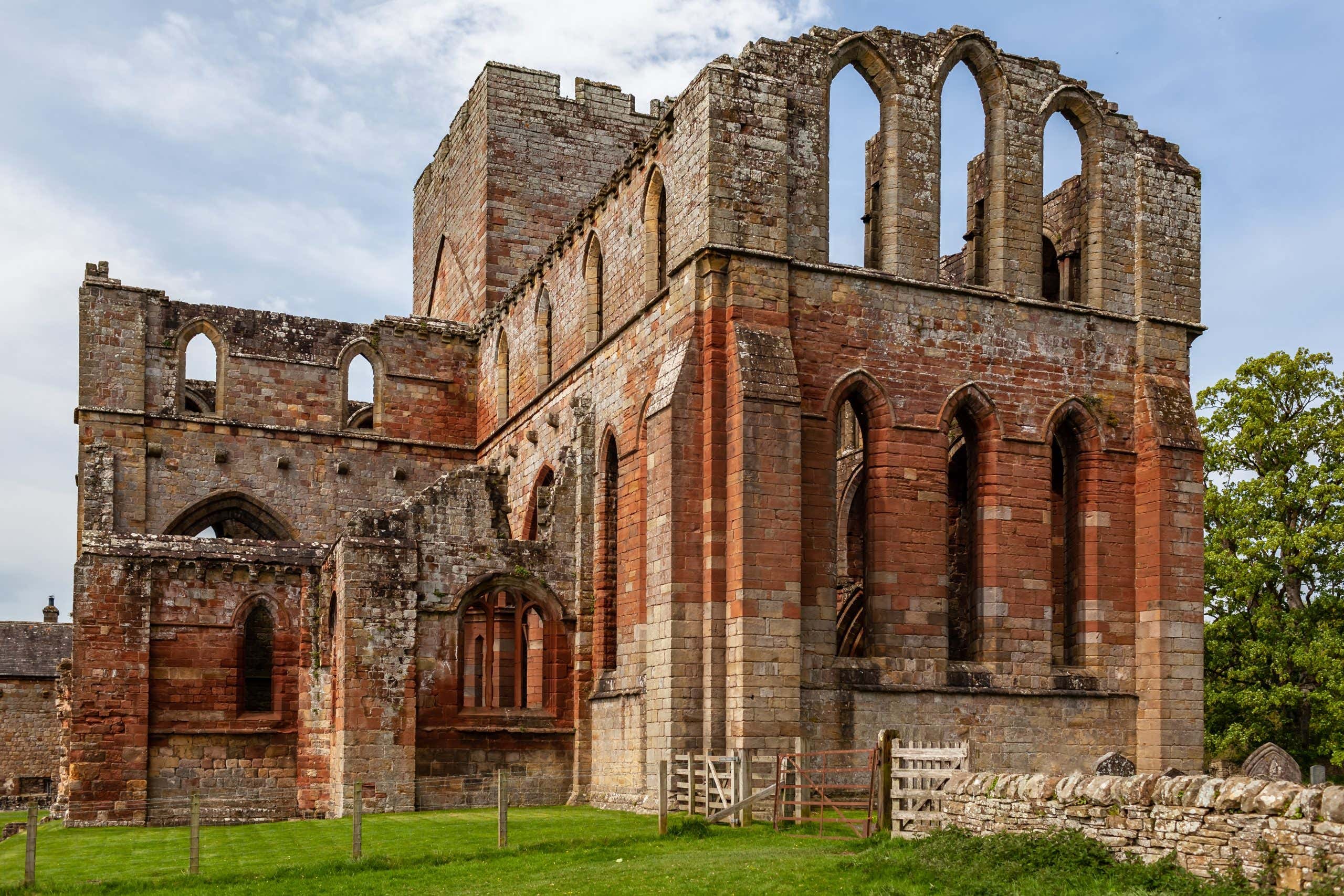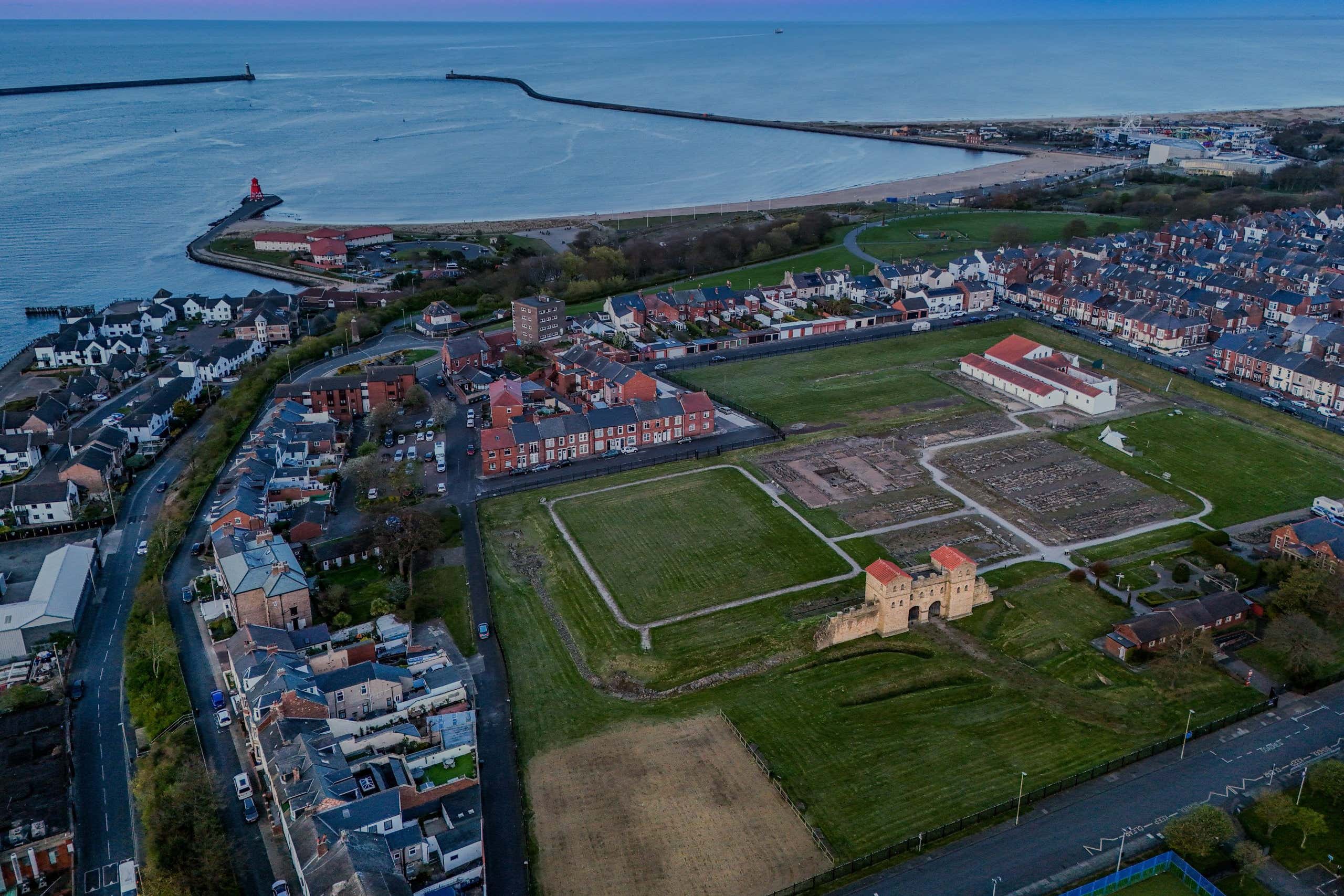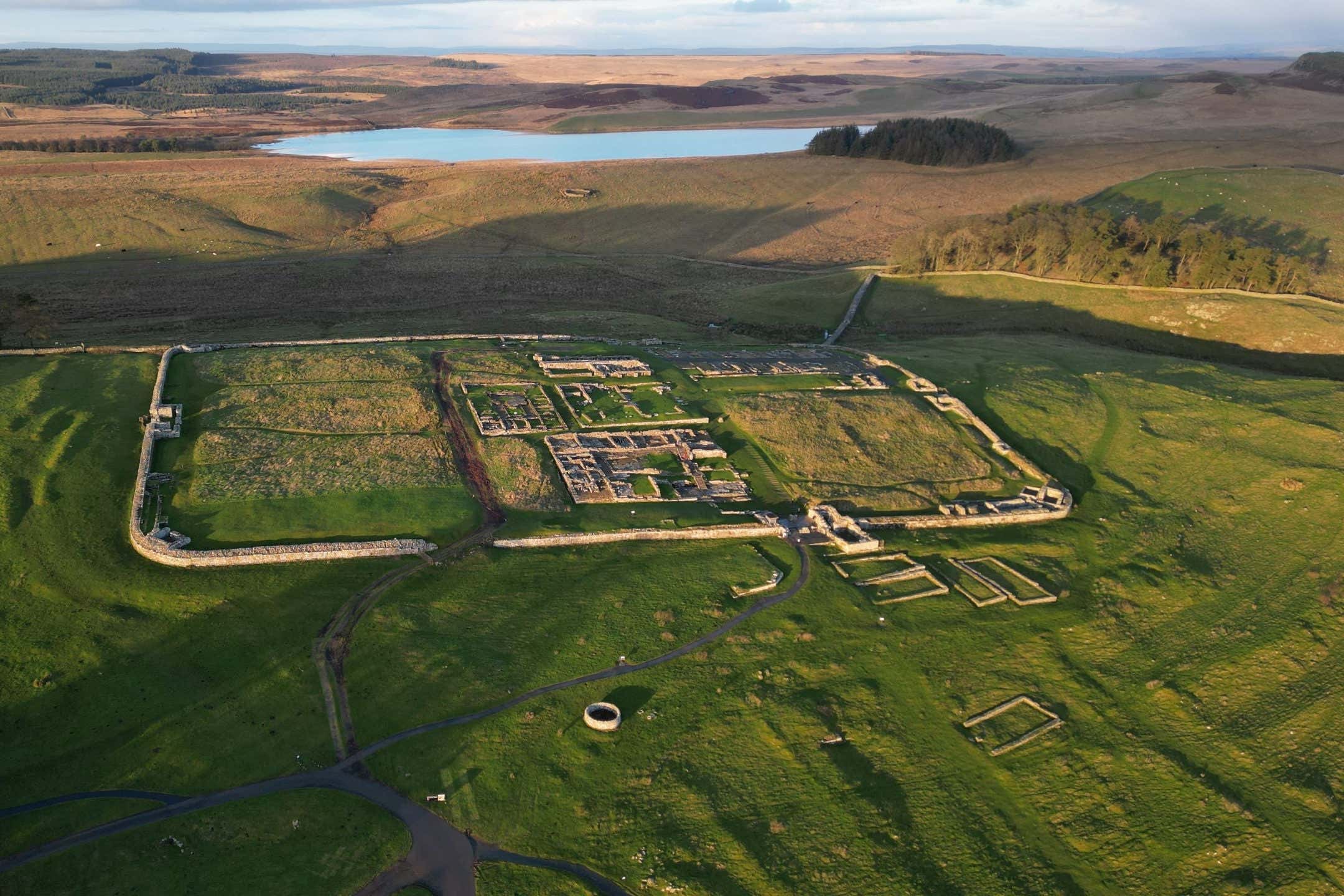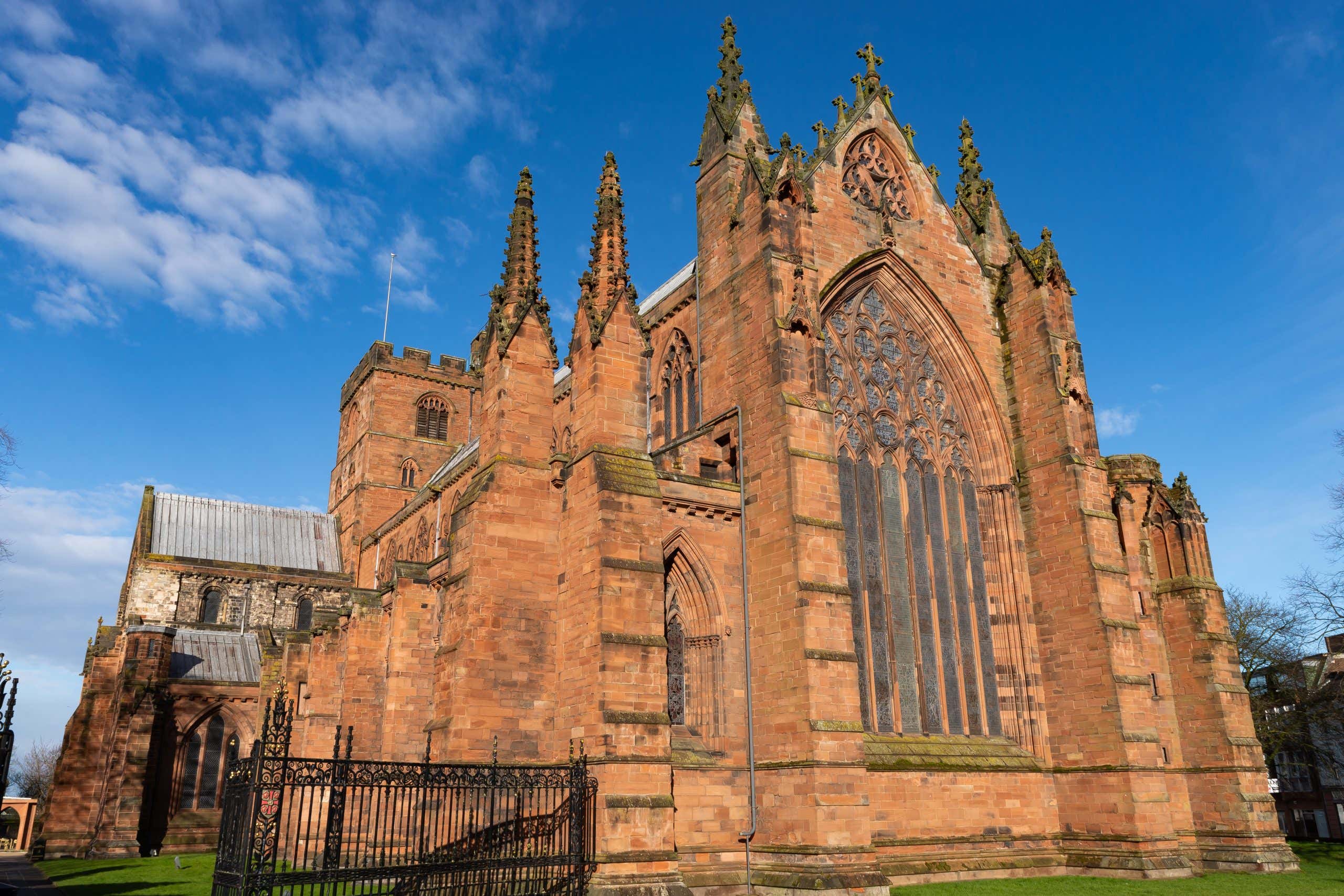Walking Hadrian's Wall and Roman innovation: England
Booking information
Contact an expert to discuss this tour
June 2026 - 7 days
Register for 2026 and we will contact when confirmed details including dates and prices are available
Follow in the footsteps of the Romans on this immersive walking tour along Hadrian’s Wall, one of Britain’s most iconic, ancient landmarks and a UNESCO World Heritage Site. From moorlands to rolling hills, explore the diverse landscapes that once marked the northern frontier of the Roman Empire, discover the intriguing geology of Northumbria, its impact on construction of the wall and visit forts, towns and museums that bring Roman Britain vividly to life.
Starting in Carlisle you will visit a range of historical sites, Roman forts, live archaeological excavations and discover the amazing geology of the Great Whin Sill which formed a natural barrier in conjunction with Hadrian’s Wall. On each day of walking, you will complete around 3-6 miles of the Hadrian’s Wall path which runs parallel to the wall itself. The selection of walks has been chosen to give you the best snippets of countryside, Roman fortifications and geological phenomena.
You’ll be joined by a Blue Badge-accredited guide, local archaeologists and museum curators who will bring the story of Hadrian’s Wall to life, weave tales of life for Romans at the fringes of their empire and showcase the incredible archaeological finds along this wild frontier.
This tour is perfect for history lovers, archaeology enthusiasts and curious minds alike. It offers a deep dive into Roman life in Britain, the awe-inspiring natural landscapes of the north and the extraordinary feats of Roman engineering—from hypocaust heating systems to expertly carved stonework and ancient roads which still shape the land today.
PACE AND PHYSICALITY
The terrain of Hadrian’s Wall is generally quite moderate and flat, however there are significant and frequent steep ascents and descents, especially on day 4. A good degree of fitness and mobility is required to take part in this tour.
DAY 1: ARRIVE IN CARLISLE
Check in to your hotel in the city of Carlisle. Carlisle’s place in the history books begins with the establishment of a Roman settlement called Luguvalium, which was created to serve the forts along Hadrian’s Wall in around AD 72-3. Throughout the Roman occupation of Britain, Luguvalium’s importance grew as a strategic base for travel north to Caledonia and east along the wall, until the Romans left the site, sometime in the late 4th century. With its Roman roots and colloquial name of the “Great Border City” throughout history makes it a fascinating place to begin this exploration of Hadrian’s Wall.
In the evening, meet your tour leader and fellow guests for a welcome drink at the hotel. Afterwards, you will enjoy an introductory talk from an expert who will set the scene of the Romans in Britain. This will be followed by dinner at the hotel.
DAY 2: CARLISLE CATHEDRAL, CARLISLE CASTLE AND ARCHAEOLOGICAL DIG SITE
After breakfast you will start your day with a visit to Carlisle Cathedral, a beautiful religious building with amazing examples of stone carving, Norman arches, medieval choir stalls and the largest Gothic style window in England. Afterwards, head to Carlisle Castle, an 11th century fort built on the site of the old Roman settlement of Luguvalium. Learn of its storied history as part of the Scottish Wars of Independence and Jacobite Rising.
In the afternoon, you will visit a live archaeological dig site in the heart of Carlisle. In 2017, a survey project at the Carlisle Cricket Club uncovered a huge Roman building with an adjoined bathhouse underground. After many years of excavation, all current evidence points to it being a huge administrative centre which hosted Septimus Severus, emperor of Rome in the early 3rd century AD. It is now the largest Roman building found in the UNESCO World Heritage Site of Hadrian’s Wall.
You will enjoy a talk from a lead archaeologist at the site and learn all about the artefacts found here and the process of excavation which continues today.
DAY 3: LANERCOST PRIORY AND HADRIAN’S WALL: BANKS TURRET TO GILSLAND, VIA BIRDOSWALD ROMAN FORT (4.5 miles/7 kilometres)
After breakfast, check out of your Carlisle hotel and board the coach for a short journey to Lanercost Priory. Your luggage will remain on the coach. The priory is religious building, with incredible examples of pre-Raphaelite glass, constructed in the 12th century AD. Its proximity to Scotland made it the target of numerous raids from the Scots during the Wars of Scottish Independence. Its history though predates its construction as many of the stones that were used in its construction were taken from Hadrian’s Wall itself, evidenced by the many inscriptions in Latin etched into the walls.
Afterwards, drive to Banks Turret where you will begin your first section of the walk along Hadrian’s Wall. As you walk, you will be introduced to story of the wall, who built it, why, what to look out for as you walk and how the wall operated as a frontier of the Roman Empire.
In the early afternoon you will arrive at Birdoswald Roman Fort, where you will have a break for lunch at the café. After lunch you will enjoy a guided tour of the fort, the granaries and gateways. It is here that you can see the longest continuous stretch of the wall.
As you continue your walk along the wall, you’ll make a short diversion to Willowford to learn more about Roman engineering from the Roman bridge here. When you arrive at Gilsland, the coach will meet you to drive you to your hotel for the next four nights.
After you have checked in there will be some time at your own leisure, before dinner together followed by an extraordinary opportunity to stargaze with astronomers. The skies above Northumberland are a designated Dark Sky park, with minimal light pollution.
DAY 4: HADRIAN’S WALL: GREENHEAD TO STEEL RIGG, VIA ROMAN ARMY MUSEUM AND VINDOLANDA (6 miles/10 kilometres)
After breakfast, you will take the short drive to the Roman Army Museum, a museum is dedicated to showcasing the daily life of a Roman soldier. You will be transported into military life through an immersive film, full scale replicas and artefacts from Vindolanda and through the live excavation taking place at Magna Fort, adjacent to the museum.
From here you will begin your walk to Steel Rigg, stopping at the various turrets, forts and quarries which you encounter en route. A pack lunch will be provided. Along the way you will reach Windshields Crag, which is the highest point of the Great Whin Sill, 345 metres above sea level. The Great Whin Sill is an astounding geological feature which formed around 295 million years ago, when magma hardened to create extremely hard dolerite intrusions within the soft, surface-level rock.
When you arrive at Steel Rigg, the coach will meet you to take you the short journey to Vindolanda, a Roman fort on the south side of the wall. Vindolanda is an incredible site, much of which has yet to be excavated (only 27% of it has been excavated so far). Due to the anaerobic preservation of organic materials, there are finds here dating back form its foundation in around 85 AD to its abandonment sometime in the 9th century AD. The collection in the museum here shines a light on the scientific prowess of Romans at the frontier of their empire, including their development of technology, architecture, town planning and language.
While you are here you will enjoy a talk from an archaeologist working on the site, and learn further about the archaeological techniques they employ to preserve each and every find.
Drive back to your hotel where you will have the evening at leisure.
DAY 5: HADRIAN’S WALL: STEEL RIGG TO HOUSESTEADS ROMAN FORT, VIA SYCAMORE GAP (3 miles/5 kilometres)
After breakfast, today you will walk from the hotel to Hadrian’s Wall, where you finished yesterday. Soon after you begin the walk you will encounter Sycamore Gap, whose famous tree was sadly cut down in 2023. After a brief stop here, you will continue your walk towards Housesteads Roman Fort, the most intact Roman fort in Britain, located right on the Great Whin Sill escarpement. When building the wall, there are points where the Romans simply followed these lines created by the Great Whin Sill, taking advantage of this natural barrier.
You will stop for lunch at Housesteads, before enjoying a tour of this incredible site, including its gateway, commanding officer’s house, barracks and glamorous communal latrine.
Take the short coach journey back to your hotel and enjoy an evening at leisure.
DAY 6: HADRIAN’S WALL: CHOLLERFORD TO PORT GATE, VIA CHESTERS ROMAN FORT AND CORBRIDGE ROMAN TOWN (5.5 miles /8 kilometres)
Today marks your final day of walking. After a restful night and breakfast, board the coach for the short drive to Chollerford. On arrival, you will visit Chesters Roman Fort, the best-preserved Roman cavalry fort in Britain. Between the fort and the River North Tyne is a tranquil riverside Roman spa, which in its prime would have offered a complex combination of hot, cold and steam rooms. You’ll learn more about the incredible invention of the Roman hypocaust system, a precursor to modern central heating, which allowed these bathhouses to maintain their heat.
From here you will begin your walk eastward towards Corbridge. This section of the wall is scattered with steep ascents and descents, clearly paved. As you approach Corbridge, the wall begins to disappear beneath the B3618, however signs of the wall including the iconic vallum (ditch) are still clearly visible. On arrival at Port Gate, the coach will meet you and take you the short journey to Corbridge Roman Town.
Corbridge had been settled before the Romans had arrived in Britain, but it was taken over by the Romans and eventually became the most northerly town of the Roman Empire. Here you can walk along the original surface of the Roman street, bordered on either side by the town’s buildings. The highlight of this place is the Corbridge Hoard, an ironbound, leather-wrapped chest, which was buried in the 2nd century AD. This time capsule provides a snapshot of a soldier’s life at the time. Found only in 1964, it is a collection of personal items, armour and writing implements and has enabled researchers to recreate what Roman armour was made of and the techniques used in its creation.
From here you will drive back to your hotel and enjoy drinks and a final farewell dinner as a group.
DAY 7: DEPART
This morning, the coach will return to Carlisle after breakfast, where the tour concludes.
